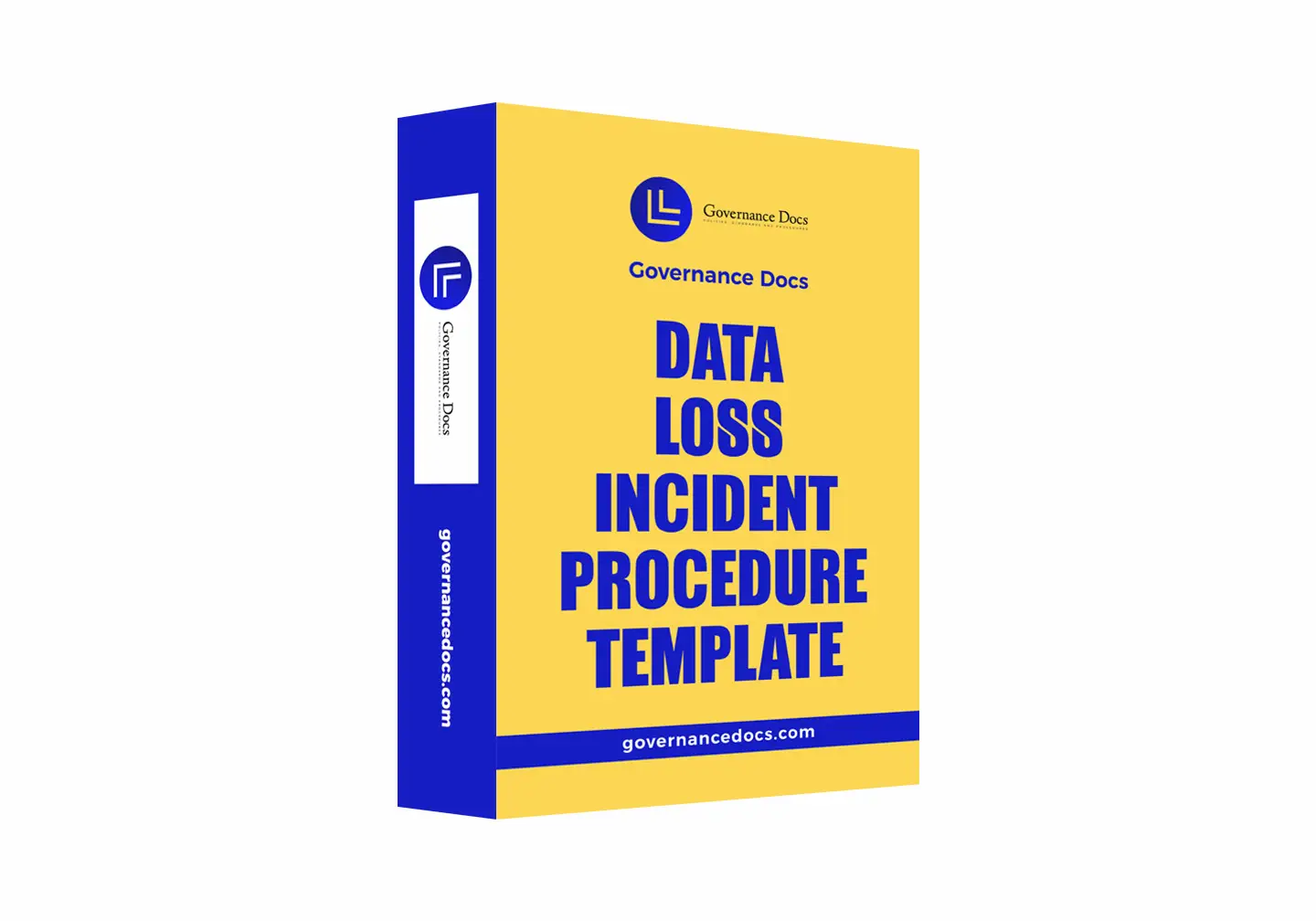Procedure for Taking Assets Offsite
In the ever-evolving landscape of information security, where the protection of sensitive data is paramount, the “Procedure for Taking Assets Offsite” emerges as a beacon of guidance and assurance. This meticulously crafted set of guidelines is designed to navigate the complex terrain of securely transporting IT assets that store cardholder data beyond the confines of their usual environment. As organizations strive to maintain compliance with the rigorous standards of PCI-DSS, this procedure becomes an indispensable tool in their arsenal.
At its core, the “Procedure for Taking Assets Offsite” is a comprehensive framework that addresses the multifaceted challenges associated with the physical relocation of IT assets. These assets, often repositories of critical cardholder information, require a level of security that transcends traditional measures. The procedure delineates a clear and structured approach, ensuring that every step taken is in alignment with the highest standards of information security.
Key features of this procedure include a detailed checklist that encompasses every aspect of the offsite transition. From the initial assessment of the necessity for relocation to the final verification of asset integrity upon return, each phase is meticulously outlined. This ensures that no detail is overlooked, and every potential risk is mitigated. The procedure also emphasizes the importance of maintaining a chain of custody, providing a documented trail that tracks the asset’s journey and ensures accountability at every stage.
The benefits of adhering to the “Procedure for Taking Assets Offsite” are manifold. Primarily, it fortifies an organization’s defense against data breaches and unauthorized access, safeguarding the integrity of cardholder data. By following these guidelines, organizations not only protect their clients’ sensitive information but also uphold their reputation and trustworthiness in the market. Furthermore, compliance with PCI-DSS standards is not merely a regulatory requirement but a testament to an organization’s commitment to data security, and this procedure is a critical component in achieving that compliance.
The value proposition of this procedure lies in its ability to transform a potentially vulnerable process into a fortified operation. It empowers organizations to confidently extend their operational capabilities beyond traditional boundaries, knowing that their data security measures are robust and reliable. In a world where data breaches can have catastrophic consequences, the “Procedure for Taking Assets Offsite” offers peace of mind and a strategic advantage.
Categorized under “All Products,” “Information Security,” and “PCI-DSS,” this procedure is a testament to its universal applicability and relevance across industries. It is not merely a set of instructions but a strategic asset that enhances an organization’s overall security posture. As businesses continue to navigate the complexities of the digital age, the “Procedure for Taking Assets Offsite” stands as a vital resource, ensuring that the journey of IT assets is as secure as the data they hold.
All GovernanaceDocs documents are developed based on well-known standards such as NIST CSF, ISO 27001, ISO 22301, PCI-DSS and HIPAA.
Hence, You just need to download and selected document and add your company name and logo.










Reviews
There are no reviews yet